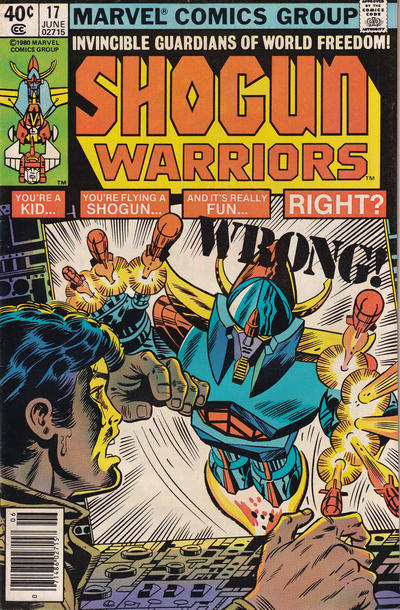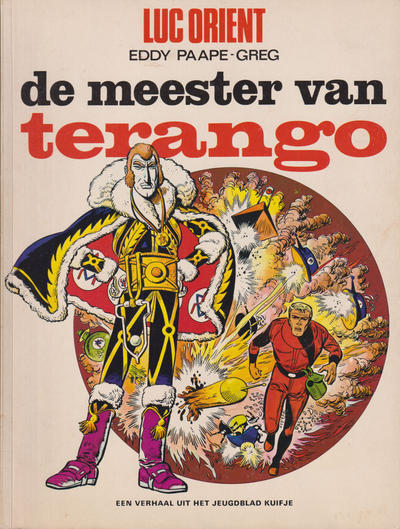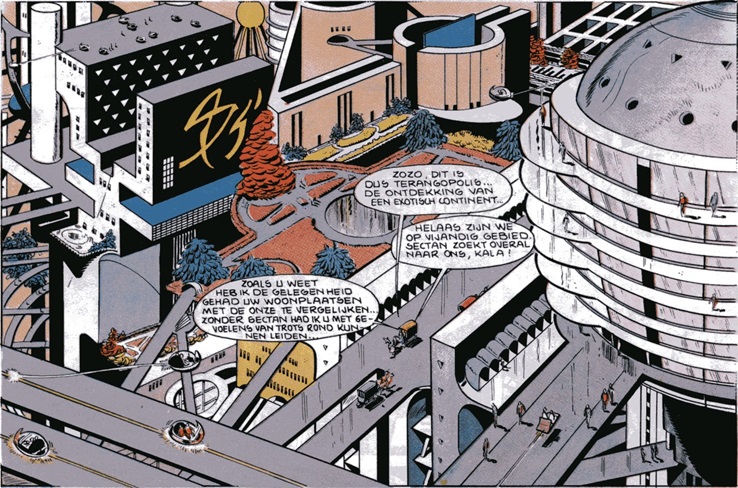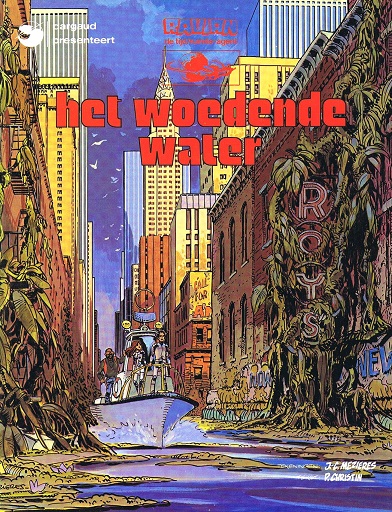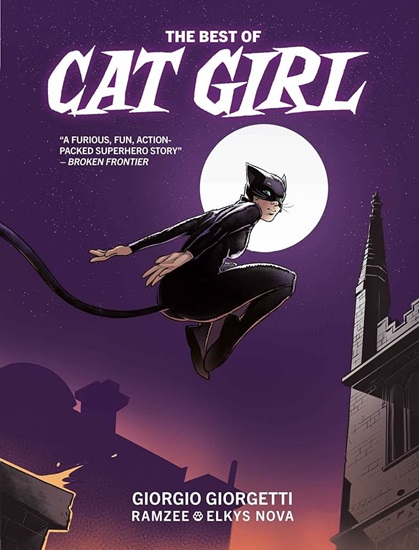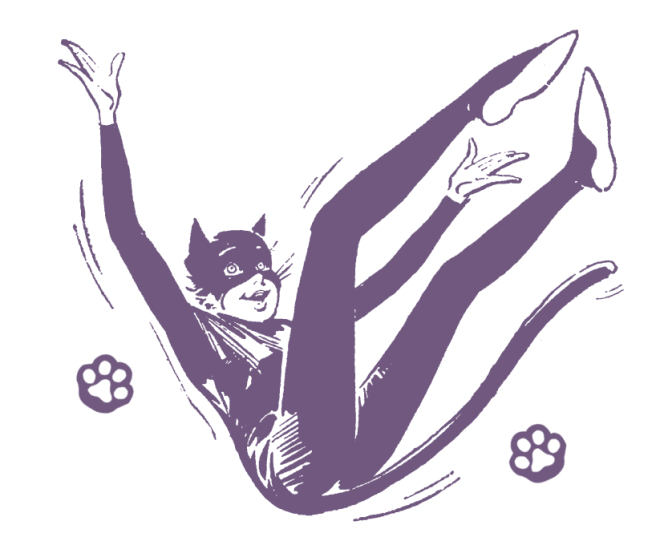You’ll never forget your first prog as a 2000 AD reader and this one was mine.
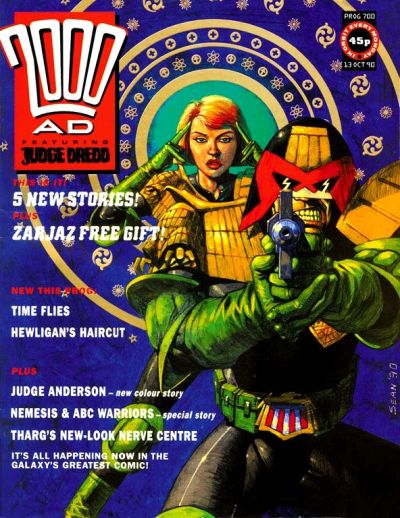
I’ve talked about 2000 AD before recently, but I thought I would mention this particular prog as this was my first ever. A good start it was too, because it did periodically the magazine had reinvented itself again with a little bit of a makeover (and a price hike, natch) and all new stories. A perfect jump on point for new readers like me.It certainly hooked me enough to keep buying 2000 AD for over a hundred progs.
The lead Judge Dredd story was the first of a two part John Wagner/Ron Smith follow-up to the Necropolis saga that had ended the previous issue, with Dredd investigating a disused holo theatre for a sign of Judge Death. To be honest it, together with the Pat Mills/C. Critchlow Nemesis and Deadlock story, is the weakest story in here. Both are more palate cleansers, just there to mark time between more substantial stories.
Much more interesting is Time Flies, which will run for 11 progs, a Garth Ennis and Philip Bond time travel comedy in which squadron leader Bertie Sharp is plucked out of time by a group of time travelers from the 35th century (and the Bros brothers) to help rescue Hermann Goering from a band of time pirates so that Adolf Hitler can get them spare parts for their own time machine. It’s a slightly overcooked zany adventure and Ennis’ first 2000 AD story.
Even zanier is Hewligan’s Haircut, by Pete Milligan and Jamie Hewlett, about the unfortunate Hewligan, a patient on a psychiatric ward who managed to cut a perfect hole in his hair that looked the same from all angles and which slightly upset all laws of physics and reality itself. For all of its zaniness it’s a story that worked rather well, more interesting than the Ennis attempt.
Rounding off the issue is the first in Psi Judge Anderson story by Alan Grant and Arthur Ranson, whose art is just gorgeous. None of the artists in this issue are bad, but his is just on another level. Shamballa is a psychic adventure in which Anderson teams up with a Sov Bloc Judge as various psionic breakouts around the world spell out that the end times are near. A far more serious to end on.
As a whole, for somebody who had only read some Judge Dredd and was only vaguely aware of other 2000 AD this was a good start even if two out of the five stories were middling. There was enough there that was completely new to me that I looked forward to the next issue.
